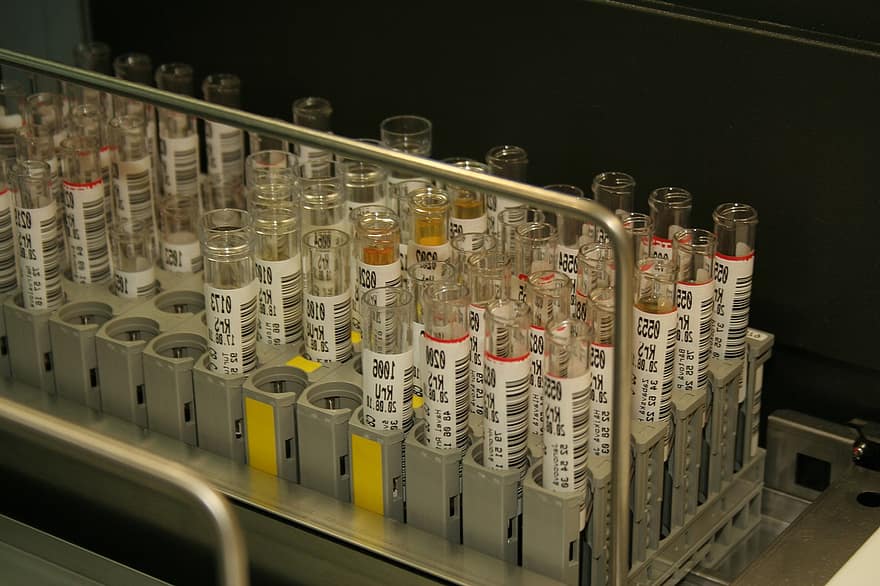Table of contents
Urinary tract infection in older adults. Urinary tract infection (UTI), in technical terms, is a bacterial infection that occurs when the urinary tract becomes too full of germs. These infections are common in older adults and increase with age, up to almost 30% of older adults, because aging decreases the defense mechanisms.
Urine infection in men is less than in women. Specifically in older adults, men suffer only 10% and women twice as much, 20%.
Symptoms of urinary tract infection in older adults
The symptoms, which are presented by patients suffering from a urine infection, are easier to recognize than other pathologies we have discussed in Nomenial such as diabetes or hypertension (high blood pressure).
The main symptoms of urinary infection that can give us the first evidence that there is an infection are
Constant urge to urinate.
Pain when urinating.
Presence of blood in the urine.
Presence of a bad smell in the urine.
Having a febrile syndrome: increased body temperature.
Having a different color of urine.
There is redness in the vaginal area (in the case of women).
There is redness in the area of the glans (in the case of men).
Burning or itching of the urethra while urinating
From the age of 70 onwards, people who have a urine infection usually do not have symptoms, as we have seen before, and can only be diagnosed with a medical check-up. But if you have some of these symptoms such as fever, chills and inflammation, it is very important to go urgently to the doctor.
Urinary tract infection in older adults without symptoms
There is a possibility that we have a urine infection that is difficult to detect because there are no symptoms.
This is one of the most complex cases to treat, although in the vast majority of cases over time the infection may begin to show up in early symptoms such as constant urge to urinate or itching when urinating.
Causes of urine infection
Urine infection is very present in older people for different reasons: the first one would be the low daily water consumption; and the second one is that older people cannot control 100% the muscles of the urinary tract, and that develops the germs that cause the urine infection.
The causes of urine infection are different in women and men. On the one hand, the urine infection in women happens because they do not completely empty their bladder every time they urinate. In addition, as we have said, the muscle of the urinary tract weakens over the years.
On the other hand, urine infection in men is aggravated after the age of 50 in relation to suffering a prostatic pathology. This pathology causes: an abnormal narrowing of the urethra, kidney stones and an increase in the prostate.
Types of urinary infections
There are two types of urinary infections:
The high urinary infection: it is produced when the urinary infection goes up to the kidneys. This type of inflammation can produce a sepsis, a disease that produces an infection in the body quite serious and can be fatal.
The low urine infection: it is produced through external germs that damage the urinary tract and invades the bladder. This infection is also known as cystitis and usually affects 10% of the population.
Diagnosis of urinary tract infection
The diagnosis of urine infection is confirmed through a urine analysis and the symptoms we have mentioned above. If a urine test cannot be performed, for example in people suffering from dementia, a blood test is performed.
Urine infections in older people usually do not require hospitalization, although it may take time to disappear and that depends on: age, health status and severity of infection.
Treatment of urinary tract infection in older adults
The main treatment of urine infection is the use of drugs. If the cause of the infection is produced by bacteria, antibiotics will be used. On the contrary, if the cause of the infection is a virus, antivirals will be used. But mainly it is necessary to go to the doctor for a revision and above all for a follow up of the illness.
Normally, the treatment of urine infection has a different duration in men and women. Treatment in women usually lasts between 3 and 7 days. In contrast, treatment in men can last up to 2 or 3 weeks. This extension is due to possible complications that occur in the prostate.
Urine infection: what to take
Going into more detail, the most recommended medications by the specialist or head doctor in case of a basic urinary infection are
Phosphomycin (Monurol).
Sulfamethoxazole or trimethoprim/(Bactrim, Septra or similar)
Nitrofurantoin (Macrodantin, Macrobid).
Cephalexin (Keflex).
Ceftriaxone.
How to prevent urine infection in an older person?
Here at Nomenial we have clear that the care of older adults is fundamental. For this reason, it is necessary to apply these tips to prevent urinary infections in older people:
Drink more than 1.5L of water a day: water will help hydrate the body and prevent the development of bacteria.
Consumption of cranberries, either in a shake or just fruit: they help prevent, in part, the bacteria that cause urine infection.
Try to empty your bladder regularly.
Do not wash the intimate area excessively.
Do not use very aggressive soaps for the skin.
Dry the intimate area well as bacteria develop more quickly if the skin is wet.
Use breathable and good quality adult pads or diapers.
To soothe the pain caused by the infection, use a hot water bottle and place it on the kidneys.
If it is necessary to alleviate symptoms such as: fever, pain and inflammation, make use of anti-inflammatories.







